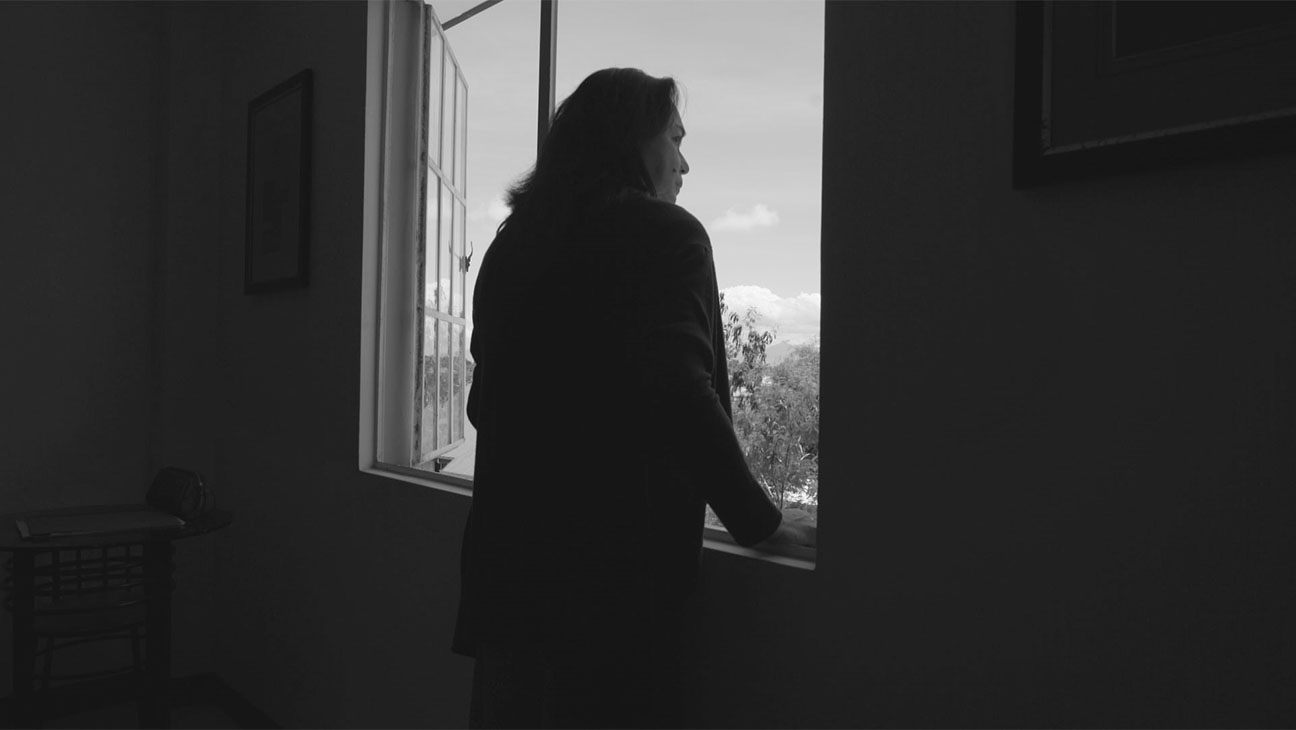
- Golden Globe Awards
The Woman Who Left (Philippines)
With a running time of almost four hours, Lav Diaz’s The Woman Who Left, which won the Golden Lion at the 2016 Venice Film Festival, is one of his shortest films. The acclaimed director’s other award-winning films are epic in length. For example, Heremias (Book One: The Legend of the Lizard Princess) (Fribourg International Film Festival 2006 Special Jury Award) runs nine hours. A Lullaby to the Sorrowful Mystery (Berlin International Film Festival 2016 Alfred Bauer Award) is eight hours long. Melancholia (Venice Film Festival 2008 Horizons Award) clocks in at 7 hours and 30 minutes.Aside from its length, The Woman Who Left makes further demands on the viewer. There are no close-ups; Diaz plants the camera away from his actors in long takes. And it’s in black and white. But once the moviegoer adjusts to all of these, including the slower pace, he is sucked into this mesmerizing world of provincial life in the Philippines, circa 1997. Although Diaz, who is a true auteur – he directs, writes, shoots and edits his films – mentioned that he was inspired by Leo Tolstoy’s short story published in 1872, “God Sees the Truth, But Waits.”As the film opens, we hear a female radio newscaster reporting in Tagalog a surge of kidnappings in the Philippines’ south, the Hong Kong turnover to China and the death of Princess Diana and Mother Teresa. Even this almost dispassionate reading of the news is hypnotic. We are introduced to Horacia (Charo Santos-Concio), a former teacher, who has been in prison for 30 years for a crime she did not commit. Under a strange set of circumstances, she is suddenly being freed. Horacia’s best friend in prison confessed to framing her at the instigation of her vengeful ex-boyfriend, Rodrigo Trinidad (Michael de Mesa).Shunned by her family who thought she was guilty, and having lost contact with them as a result, Horacia goes home to her province and to heartbreak. In these scenes and throughout the film, Santos-Concio – in her return to acting after many years as a media corporation executive – excellently runs the gamut of emotions. She breaks down to discover that her husband has passed away and her son has been missing.While quietly plotting her revenge against Rodrigo, Horacia meets and befriends a “balut” (an unhatched fertilized duck egg) vendor (Nonie Buencamino), a mentally challenged woman (Jean Judith Javier) and an epileptic cross-dressing prostitute (John Lloyd Cruz). Horacia’s interaction with these marginalized denizens, often taking place at night, forms the crux of the film and offers fascinating slice-of-life vignettes which are Diaz’s commentaries on corruption, wealth inequality, injustice and government abuse of power in the Philippines.Each actor leaves a vivid imprint of his character but Lloyd Cruz, like Santos-Concio, is a standout – as an abused streetwalker who unexpectedly changes the course of Horacia’s revenge plan. Shot in deep, rich chiaroscuro strokes in black and white by Diaz himself, this stunning film is time well-spent with one of the masters of world cinema. The marvel of The Woman Who Left is that despite its length, you don’t want Horacia to leave.

